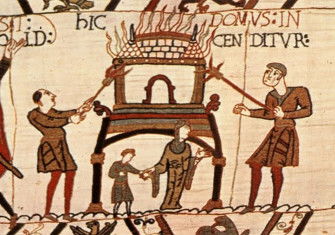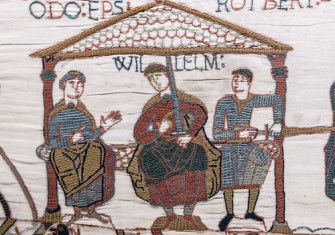The White Ship: A Crown Lost at Sea
The sinking of the White Ship, a vessel carrying the English king Henry I’s sole heir, was a disaster from which anarchy would follow.

This year marks the 900th anniversary of the worst maritime disaster suffered by the English Crown and, arguably, by England. The tragedy of the White Ship, which sank on 25 November 1120 while carrying the heir to Henry I’s realm across the Channel to England, was chronicled by men such as Orderic Vitalis, whose life story tells us much about the fusion of cultures that followed the Norman Conquest of 1066. He is also representative of the fear which most of his contemporaries had, of a God who chastised and punished in an Old Testament fashion.







